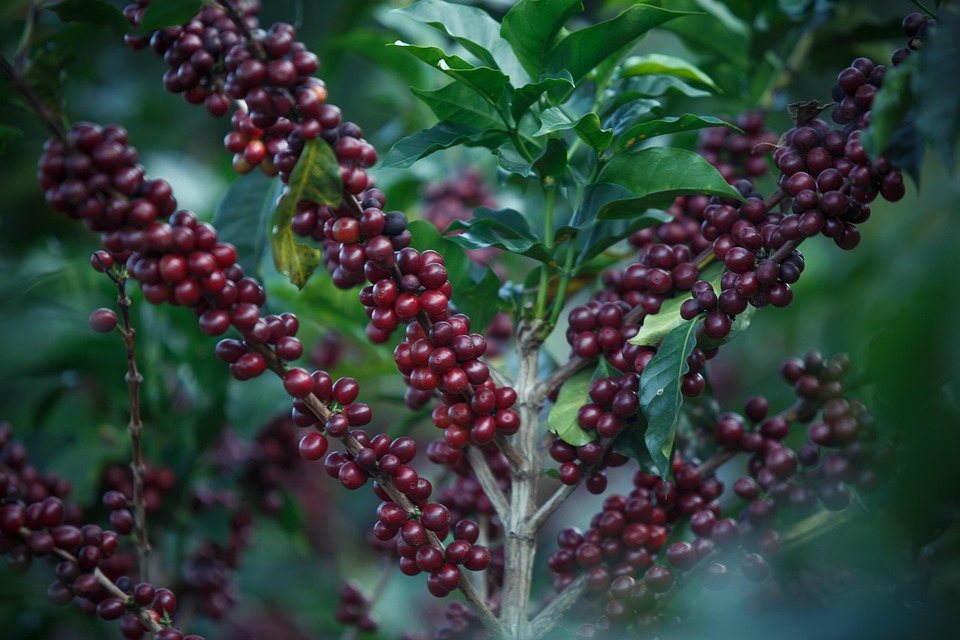Coffee is one of the most beloved beverages globally, known for its rich flavor and comforting aroma. However, many coffee drinkers may not realize that moisture content plays a crucial role in the quality and taste of coffee. Understanding how moisture affects flavor, storage, and brewing can enhance your coffee experience significantly. In this article, we will explore the importance of moisture content, how it is measured, and its impact on the final cup of coffee.
What is Coffee Moisture Content?
Moisture content refers to the percentage of water present in coffee beans. Freshly harvested coffee cherries contain a high moisture level, often around 60%-70%. After processing, the beans must be dried to reach a stable moisture content, ideally between 10% and 12% for optimal storage and flavor development. The coffee’s moisture content can significantly affect its shelf life, flavor profile, and brewing characteristics.
Why is Moisture Content Important?
Moisture content plays a vital role in various aspects of coffee production, including:
- Flavor Development: Coffee beans that are too moist can develop undesirable flavors. Beans that have been dried to the appropriate moisture content tend to produce a cleaner and more balanced cup.
- Storage Stability: High moisture levels can lead to the growth of mold and bacteria. Proper moisture levels prevent spoilage and ensure the beans remain fresh longer.
- Brewing Consistency: The moisture level can affect the extraction process during brewing. Beans with uneven moisture content can lead to inconsistent flavor extraction, resulting in an unbalanced cup.
How is Moisture Content Measured?
Moisture content is typically measured using several methods:
- Gravimetric Method: This is a direct method where a sample of coffee beans is weighed, dried, and then weighed again. The loss in weight is calculated as a percentage of the original weight to determine moisture content.
- Infrared Methods: Infrared moisture analyzers assess the moisture content by measuring the absorption of infrared light, which correlates with moisture levels.
- Coffeemeasuring Moisture Meters: These specialized devices provide quick and accurate moisture content readings and are widely used in the coffee industry.
Impact of Moisture Content on Flavor
Different moisture levels can enhance or hinder specific flavor profiles in coffee. High moisture content can lead to:
- Musty or Moldy Flavors: Beans that are stored with high humidity have a higher risk of developing off-flavors due to microbial activity.
- Over-extraction: More moisture in coffee means more water in the beans, which can lead to over-extraction during brewing if not managed properly.
Conversely, beans that are too dry may produce flavors that are:
- Flat and Dull: Insufficient moisture reduces the complexity and richness of the flavor.
- High Acidity: Beans that lose too much moisture may end up tasting overly acidic, as the balance between sweet and tart is disrupted.
Optimal Storage Conditions
To maintain ideal moisture content, coffee beans should be stored in a cool, dry, and dark place. Proper storage conditions include:
- Airtight Containers: Use airtight containers to minimize exposure to humidity and air, which can impact moisture levels.
- Temperature Control: Store beans at stable temperatures, ideally below 70°F (21°C), to prevent moisture gain or loss.
- Humidity Levels: Aim for a relative humidity between 30% and 50% in the storage environment to help maintain balance.
Conclusion
Understanding coffee moisture content is essential for anyone looking to improve their coffee experience, from producers to consumers. Moisture content affects not just flavor but also the overall quality, freshness, and brewing characteristics of coffee. Attention to detail during drying, processing, and storage can enhance the flavors and aromas of coffee beans, making every cup a delightful experience. For coffee enthusiasts looking to dive deeper into coffee quality and certification, consider reading more about the importance of these aspects in this detailed article.
FAQs
1. What is the ideal moisture content for coffee beans?
The ideal moisture content for roasted coffee beans is between 10% and 12%. This range helps preserve flavor while preventing spoilage.
2. Can I tell the moisture content of coffee beans by looking at them?
No, moisture content cannot be accurately determined just by visual inspection. It requires specific measurement methods, such as using moisture meters.
3. How does storage affect coffee freshness?
Improper storage can lead to changes in moisture content, which may cause degradation and loss of flavor. Airtight containers and controlled environments can help maintain freshness.
4. Can I use any container to store coffee?
It is best to use airtight containers made of glass, ceramic, or food-grade plastic. Avoid transparent containers, as light exposure can degrade coffee quality over time.
5. How does brewing method influence moisture content effects?
Different brewing methods extract flavors at different rates. Higher moisture levels can lead to over-extraction in methods like espresso, while dry beans may not extract flavors effectively, impacting the final cup.





